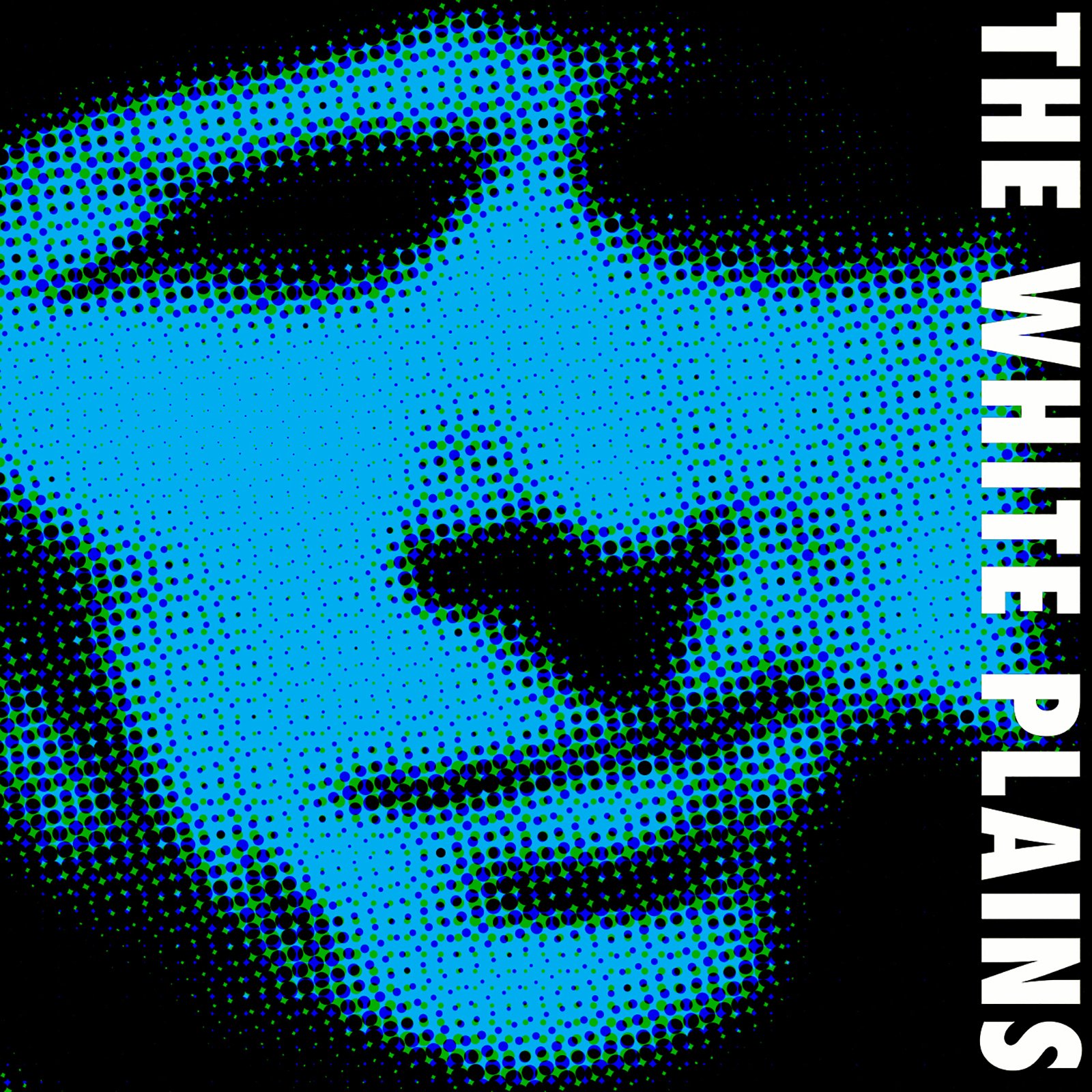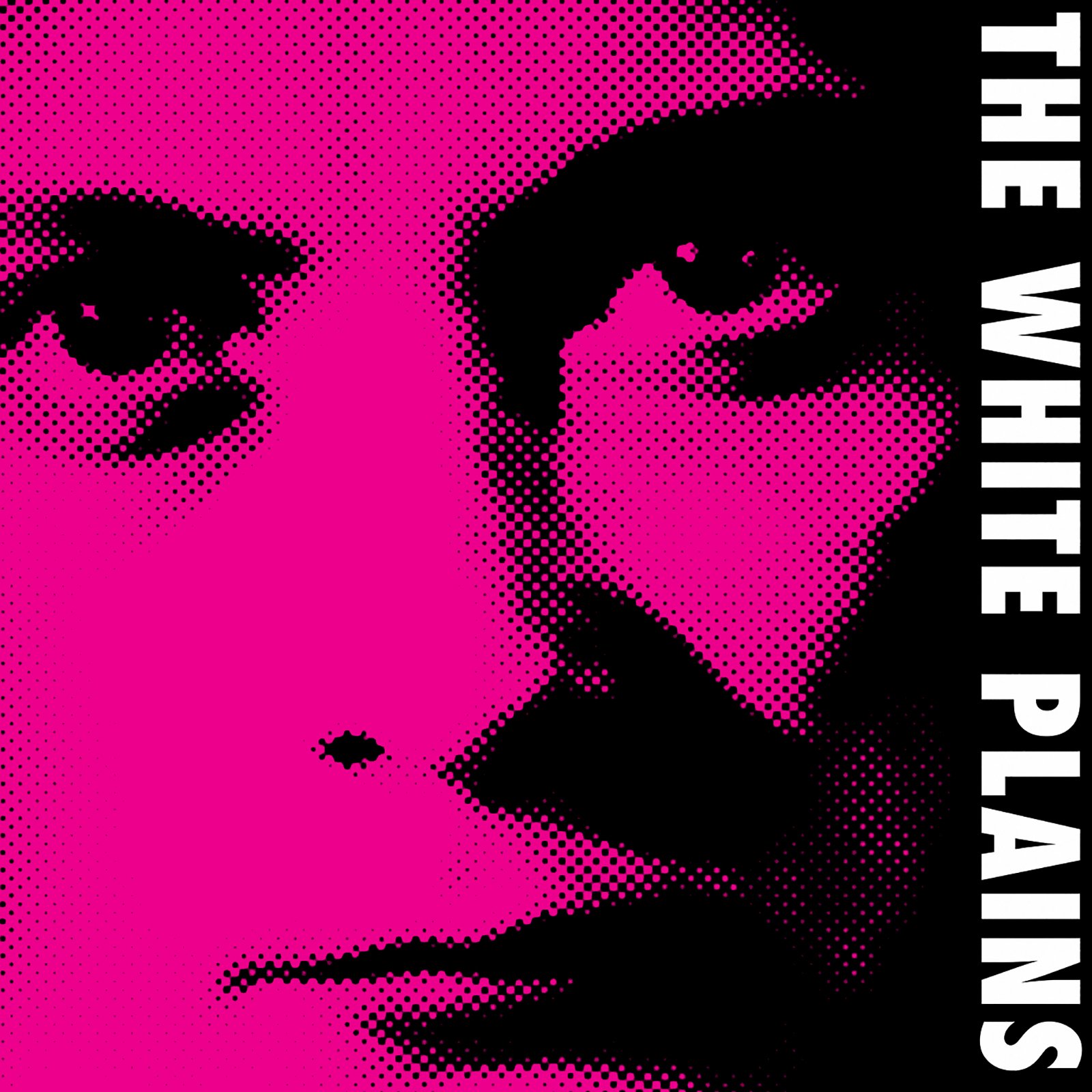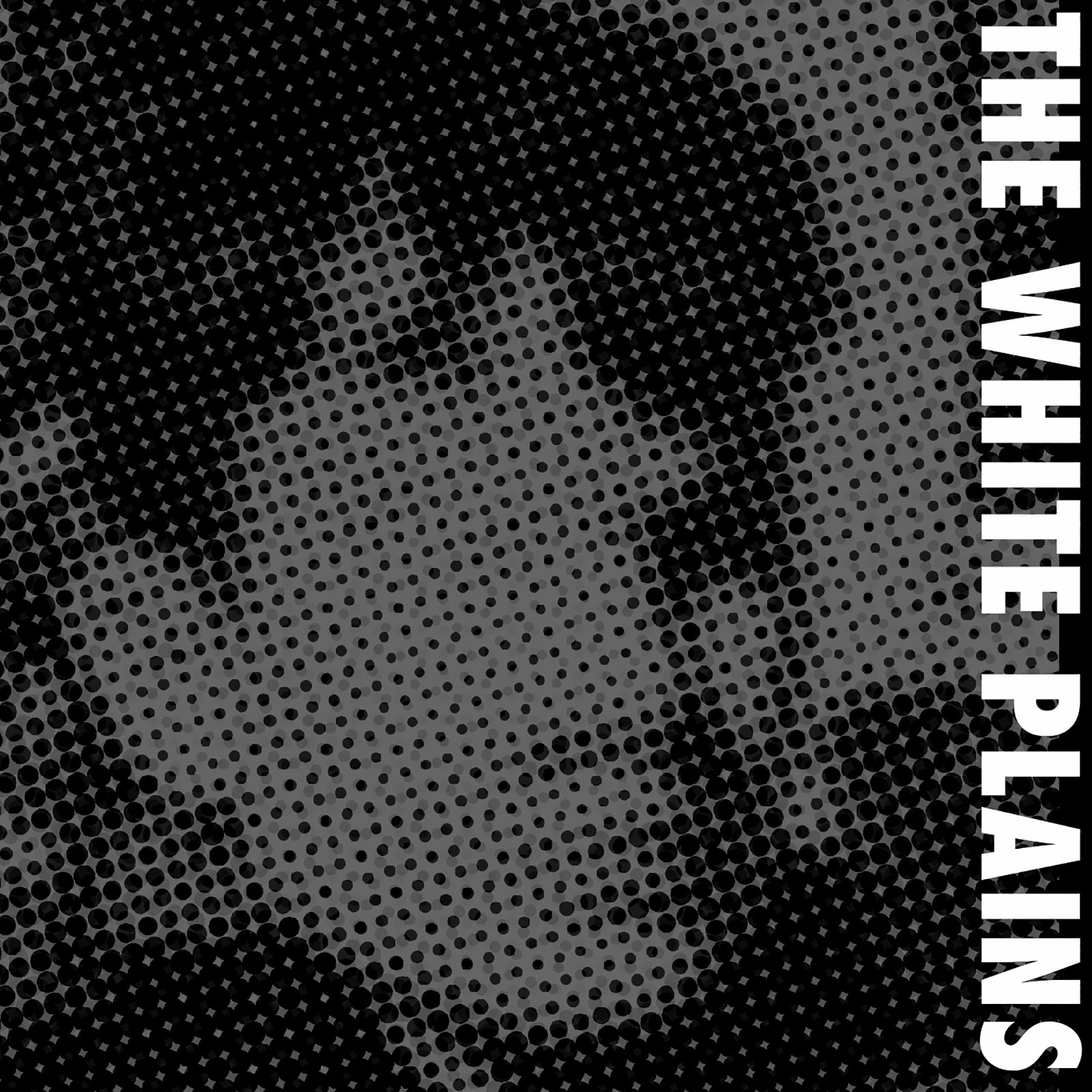Those of you who know me won’t be surprised to hear that music means a lot to me. Music inspires my creative process. Music provides relief from stress, and helps me concentrate. Or it helps me escape. I’ve even dabbled in the world of music in past versions of myself. These days, I like to support musician friends with my photography and graphic design…when it’s a good fit for my work style, and when I get creative freedom. Recently, I was approached by my friend Otto Geist, an experimental musician who records under the name The White Plains. His music is very atmospheric, and cinematic. It sounds like soundtracks to movies that don’t yet exist. Otto asked me to create artwork for his new series of releases, and I was happy to oblige. His music is great for donning headphones, dimming the lights and taking a bit of a mental trip to someplace else. I encourage you to check out his work by clicking the album artwork below. Better yet, support the cause by making an affordable purchase on his Bandcamp page. Thank you, Otto for letting me do my thing to bring visuals to your sounds.
Sebastião Salgado: Churchgate Station, Bombay, from the series Migrations, 1995
2021: 42 Obrigado, Sebastião Salgado
One of the pleasures of having a quiet night at home is stumbling upon a surprising film on your streaming platform of choice. I happen to be a A%*+#n Prime member, so after perusing their offerings, I found a wonderful documentary about the photographer Sebastião Salgado. I’ve seen his work many times over the years, and have always been impressed by his artistry and his compassionate eye.
This particular film, called “Meeting Sebastião Salgado” was remarkable, not only because of the breadth and quality of the work show, but also the display of love and compassion Salgado has for his family. It is logical to see that this love extends outward towards the subject matter of his photographs as well.
There was one segment of the film that stood out the most to me, however. Salgado discusses his process for approaching a project, which often takes many years and many trips around the world to complete. But I was taken and inspired to see how the photographer uses contact sheets, test prints and enlargements all throughout his editing process. Even though he has transitioned from film to digital, he still has his assistants create “digital” contact sheets of every image he shoots. He still reviews them with a loupe and a red china marker. He has file cabinets filled with impeccably organized test prints and negatives, as well. It was a fascinating peek behind the curtain of a great artist, to say the least.
See the film here: Meeting Sebastião Salgado
2021: 41 You Never Know What You're Gonna Get
Yes, I’ve gone on and on and on about my love of film. I’ve also gone on and on and on about my love of plastic cameras, and pinhole photography, and on and on and on. Cue the anticipation music, please. Or maybe Tom Petty is more appropriate? I shot a ridiculous amount of film on my trip to Arizona, but then, of course, all that film needed to be developed. And scanned. So the whole process takes time. A lot of time. And that’s a good thing.
The time between shooting and then seeing the results is when the magic happens. You have no idea what you captured. or if you captured anything. Or if you advanced your film correctly, or if overlapping images is what you were hoping for. Or if your guessing of extremely long exposure times were accurate. Or if the shadow of your tripod sits squarely inside the frame. Or if your film is fogged. Or unevenly developed. Or scratched. Water spots, dust, those little half moons from a botched loading on the reel. Such a minefield. Such is the life of a film photographer. Masochism? Probably. And yet.
And yet, that moment when all the film is developed and scanned. You revisit the journey to make those pictures all over again. You celebrate the triumphs, you lament the “almosts” or “duds.” You see things you didn’t see before. You embrace serendipity. You learn form the experience. You keep going. You keep shooting. Masochism? Probably..
2021:40 Undertow: New zine available now
Excited to share the details of my newest publication with you. Undertow is a photographic meditation on the majesty, immensity and dark power of the ocean. I had the good fortune of shooting extensively on the Atlantic coast this past summer, and I was so pleased with the experience of shooting in the water, that this zine came together quite quickly and very much to my liking. I am happy to offer the zine to you now.
A sneak peek at the work.
The zine is 30 pages, spiral bound 8.5” x 11 “. The edition is limited to 50 copies, and all are signed and numbered. Cost is $20 plus shipping. I hope you order one today. I am proud of this body of work.
2021:39 Why?
I just returned from a short road trip to the desert outside of Tuscon, Arizona. I was working on a long-term project, shooting the mighty saguaro cacti. The early fall days provided great light, and the nights were cool enough that a sleeping bag was welcome. I fell asleep to the sounds of coyotes yipping away in the distance. Not a bad trip at all.
So that is the reason ”why” I took the trip. On the way out and back, I of course shot the obligatory “road trip” photos. Somewhere into hour number 7 of the drive home, I went into deep thought mode. Why did I take these photos of old signs, rest stops, etc? Why? Really. We all do it, to some extent. Is it ruin porn? Is it a trope? Is it a cliche? This subject matter is like photographic catnip. Yet there is no good reason for me to take these photos. No good reason to share them, either. But I’m doing both. Why? Is there poetry in decay? Is there a feeling of superiority of not living in a place like this? Newsflash: I do live in a place like this. I’m a sucker for rust and dirt and sun bleached hues. I admit that. Folks come from far and wide to see and shoot these scenes. I don’t take my proximity for granted. But I really don’t know why I continue to take these kinds of photos.
I rail against the sameness I see on social media. I get frustrated by the perfection of digital image making. I shoot pinhole cameras, or use a busted lens to free myself of the obligation of the perfect, pristine image. And yet… and yet, I use my posh new iPhone to capture the same eye candy that any other novelty seeking photographer would capture. I don’t know why I do it, but I do it. My phone and my hard drive are filled with these kinds of images. I don’t think they’ll ever amount to anything other than taking up digital storage space. But I still take these pictures. I can blame Walker Evans, or William Eggleston for this trend, but I still choose take part. So here I share, guilty as charged. Don’t ask me why.
Postscript: found this great snippet of Henry Wessel Jr. that adds some fuel to my fire…
It’s time to shoot some film.
2021: 38 Heading South and West
Hard to believe that it was five months ago that I took my springtime road trip to the desert of Arizona. I am about to embark on another journey to spend some quality time with my cameras among the saguaro outside of Tucson. Guessing it will still be warm during the day, but hoping for a change in the light and the flora and fauna since my April visit. Plenty of film to expose, plenty of cameras to play with, and a new whip to carry it all in style and comfort. Very excited to move forward on the next phase of this ongoing project. As long as the spiders and snakes and javelinas behave, I should be in good shape.
2021: 37 Instant Pictures
Why were Polaroid cameras so popular when they first came out? People wanted to be able to see the results of their photography as quickly as possible. How different is this desire from the quick “shoot and chimp” approach of most digital photography today? There is a lot to be said for having the ability to review your photographs immediately. There are drawbacks as well. We are constantly searching for ways to remove the need for patience. So much effort to save some time, be it a self-checkout line at Target or a cup of instant ramen. But what do we lose when we no longer have to wait? Anticipation is a valuable part of the waiting process. Do we savor a meal that arrives quickly? Do we spend time with a photograph that we can look at while we are still in the middle of an experience? Can we truly appreciate something if we are instantly gratified?
ready for the world…
2021: 35 Right Eye Dominant
So happy to reveal my latest project. Well, more than a project, really. Right Eye Dominant is the name of all my photo-related endeavors moving forward. I am still Nick Tauro Jr., I will still maintain this website, I will still produce work under my name. However, I’m going to release all outward facing projects out under the Right Eye Dominant brand. That means my new podcast is called: The Right Eye Dominant Podcast!! I hope you go check it out and subscribe so you’ll hear new episodes as they are released.
I have other grandiose plans that will see the light of day in a randomly assigned manner. My self-publishing (and hopefully future collaborations) will be released under the Right Eye Dominant imprint. What else??? Maybe workshops, maybe travel guiding, maybe exhibitions and curatorial efforts, maybe photo-related merchandise…maybe a multimedia empire. One baby step at a time. Why now? Why not! Life is short, while I’m here, I want to make keep creating. I hope you come along for the ride.
Minor White: Windowsill Daydreaming - Rochester, New York, 1958
2021: 34 Minor = Major
"A sequence of photographs is like a cinema of stills. The time and space between photographs is filled by the beholder … The spring-tight line between reality and photograph has been stretched relentlessly, but it has not been broken. … abstractions of nature have not left the world of appearances; for to do so is to break the camera's strongest point-its authenticity." - Minor White
I’ve been doing a deep dive into the work of Minor White this week. He was a major figure in 20th Century fine art photography, but oddly, he seems to have fallen off the radar somewhat nowadays. Perhaps if you were required to watch a short video about him before you get to your latest camera review video on YouTube, White would garner more interest. He certainly deserves it.
Minor White was part of the circle that brought legacy to the art of photography in the mid 20th century. He was a pal of Ansel Adams (I won’t hold that against him) and Paul Strand, and was heavily influenced by Alfred Stieglitz, both in style and in his theoretical approach to image making. He was the first editor of Aperture Magazine, a pillar of the art form since its inception. He was also one of the first photographers to consider the importance of sequencing his work. In fact, much of his body of work has been presented in groupings entitled: “Sequence…”
His photos ran the gamut from landscape and structures, very much in the style of his friend Ansel. However, it seems that only after he suffered some health issues, which precipitated an embrace of Eastern philosophy, that his work took a stronger turn toward abstraction and expressionism. Though close ups of ice formations and peeling paint might seem a cliche or trope nowadays, Minor White was one of the first to explore this subject matter with his camera. When one considers the prominence of the hand-held camera and burgeoning “street” aesthetic that was gaining ground when he was producing this kind of work, White should be commended for going against the grain, in a sense.
There are plenty of examples of this master’s work out there on the internet, though I do suggest trying to track down his photos in book form. They really do reward the viewer when seen in a more tangible format. The time gazing at a Minor White abstraction in a hardbound photo book is a short, meditative escape from the present world. Your moment of Zen awaits.

















